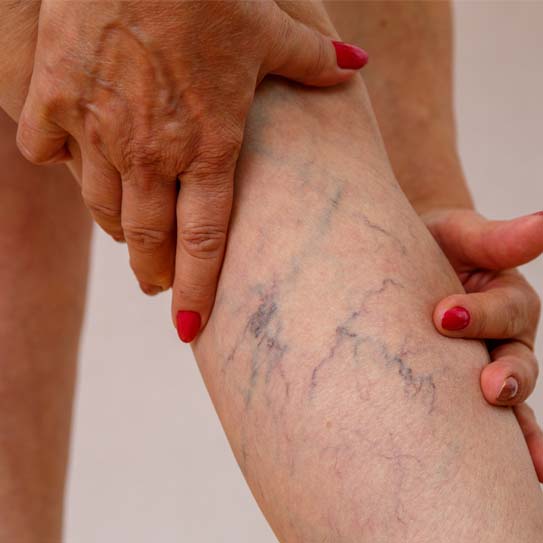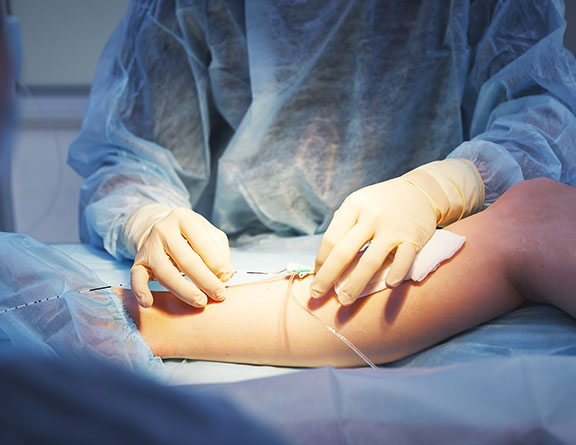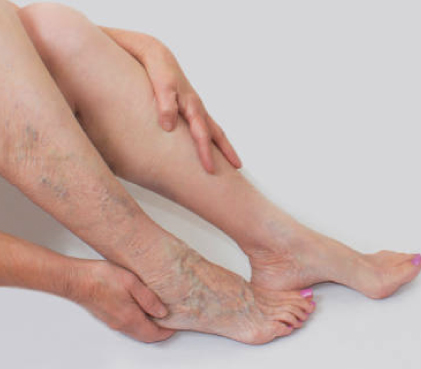
Abortion through surgery is typically a simple procedure. The following surgical abortion procedures are carried out, depending on how far along in the pregnancy they are:
Is surgical abortion painful?
Although cramping and pain after an abortion are possible, these symptoms are typically tolerable. However, each person's experience with an abortion is unique. The kind of abortion and the patient's general health have a significant impact on the degree of pain and other adverse effects that may be experienced. Women who have had medical abortions say the procedure feels like having a heavy menstruation and cramps. A woman could feel like she's being pulled and dragged during a vacuum aspiration surgical abortion. A woman may have minor cramping for one or two days during dilatation and evacuation.
Is abortion legal in India?
All women in India, even those who are not married, have the right to an abortion for up to 24 weeks, according to the Supreme Court of India. In India, abortions have been legal since 1971, but over time, the government has imposed rigorous guidelines on who is eligible to end a pregnancy. This was due to the country's horribly skewed gender ratio, which resulted from the abortion of millions of female foetuses. In order to let women to have abortions between 20 and 24 weeks of pregnancy, the government revised the Medical Termination of Pregnancy Act (MTP) last year. The list comprised raped victims, juveniles, mentally challenged women, pregnant married women, and pregnant married women whose marital status had altered.
Is abortion legal in India for unmarried?
The Supreme Court of India has made it plain that a woman's marital status cannot be used as a justification for denying or granting her access to a safe abortion by granting rights to unmarried women who desire to terminate the pregnancy. According to the Supreme Court, under the Medical Termination of Pregnancy Act, even single and unmarried women have the right to terminate a pregnancy up until 24 weeks.
How much bleeding is normal after an abortion?
When carried out by a licenced doctor, abortion is a legal, safe, and efficient technique to end a pregnancy. After an abortion, bleeding and cramping are common. Every woman experiences these symptoms differently, and the length of time they last varies depending on the type of abortion the woman underwent and the stage of the pregnancy. Following a medical or surgical abortion, the majority of women are expected to bleed heavily for many hours. Women may occasionally have blood clots for a few weeks. However, women who are passing huge clots and using two or more pads per hour must visit a gynaecologist and get urgent care.

Also known as endovenous laser treatment or EVLA, this is a minimally invasive ultrasound-guided procedure that involves the use of ultrasound images and laser fiber in order to kill the delicate lining of the veins. After a few days following the procedure, the body absorbs the dead tissues, closing off the abnormal veins with minimal or no discomfort. This is one of the most commonly preferred methods as it involves far fewer complications, and the recovery time, as well as the success rate of this method, is much faster and higher than that of any surgical process.

Also known as endovenous laser treatment or EVLA, this is a minimally invasive ultrasound-guided procedure that involves the use of ultrasound images and laser fiber in order to kill the delicate lining of the veins. After a few days following the procedure, the body absorbs the dead tissues, closing off the abnormal veins with minimal or no discomfort. This is one of the most commonly preferred methods as it involves far fewer complications, and the recovery time, as well as the success rate of this method, is much faster and higher than that of any surgical process.

Also known as endovenous laser treatment or EVLA, this is a minimally invasive ultrasound-guided procedure that involves the use of ultrasound images and laser fiber in order to kill the delicate lining of the veins. After a few days following the procedure, the body absorbs the dead tissues, closing off the abnormal veins with minimal or no discomfort. This is one of the most commonly preferred methods as it involves far fewer complications, and the recovery time, as well as the success rate of this method, is much faster and higher than that of any surgical process.